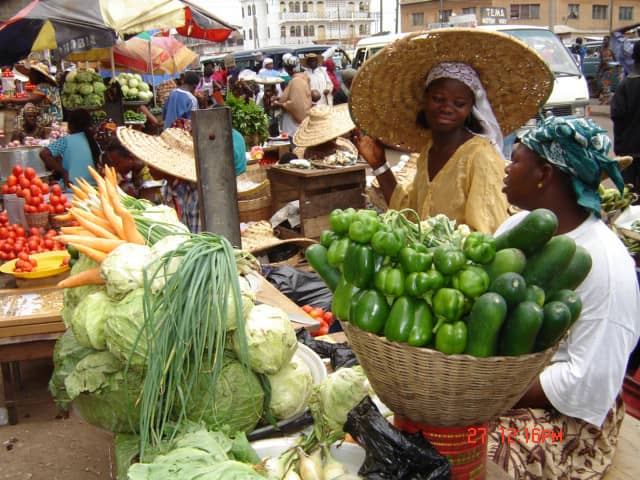Consumer inflation further increased to 31.7 percent year-on-year (y-o-y) in July 2022, on the back of persistent price pressures from transport, data from the Ghana Statistical Service (GSS) have shown.
This represents a 1.9 percentage point rise from 29.8 percent recorded in the previous month.
Persistently increasing food, petroleum, and transport costs – and the pass-through effects of a weakening local currency – continue to dominate as the main drivers of the price pressures.
Food inflation increased to 32.3 percent in July 2022 from 30.7 percent, while non-food inflation rose to 31.3 percent from 29.1 percent.
During the period, transportation saw its inflation rise to 42.3 percent, exerting much pressure on the entire inflation basket due to its weight.
Among the top-10 items with the highest weight, bread recorded the highest inflation of 56.1 percent followed by herrings at 51.3 percent. Other driving factors include cooked rice and housing rental costs, which recorded 27.2 percent, and 46.4 percent respectively.
The data further revealed that on a quarterly basis the average rate of inflation increased by 10.7 percentage points in the second quarter of 2022, recording 27 percent relative to the first quarter which was 16.3 percent.
Market watcher Constant Capital, in its market review of July 2022, maintained an outlook of price pressures sustaining into Q3 with modest increases over the next two data windows: thus August and September 2022.
“We see inflation peaking in September 2022, with the moderation coming from a favourable base as well as declines in food prices during the staple food crop harvest season,” it stated.
However, it was candid to note key risk factors that could further keep inflationary pressures on the uptrend.
“We flag the elevated domestic ex-pump petroleum prices and cedi-depreciation as risks to the outlook. Also, the recent 15 percent adjustment in Cost-of-Living Allowance (COLA) to public sector workers and an impending utility tariff increase also pose additional pressures on prices in the near term,” the broker-dealer cautioned.
The market also anticipates that a contractionary monetary policy stance should also contribute to capping the upside risks to inflation in the near term, although most drivers of the price pressures are cost-induced.
Further to this, a hike in domestic utility tariffs is expected to fan the inflation flame. The request for hikes in electricity (+148 percent) and water (+334 percent) tariffs, although remaining under consideration by the Public Utilities and Regulatory Commission (PURC), is expected to be substantial enough to sustain the cost-push on consumer price inflation.
However, the net effect of these movements is expected to result in a decline in headline inflation; returning within the medium-term target in 2H-2023.








